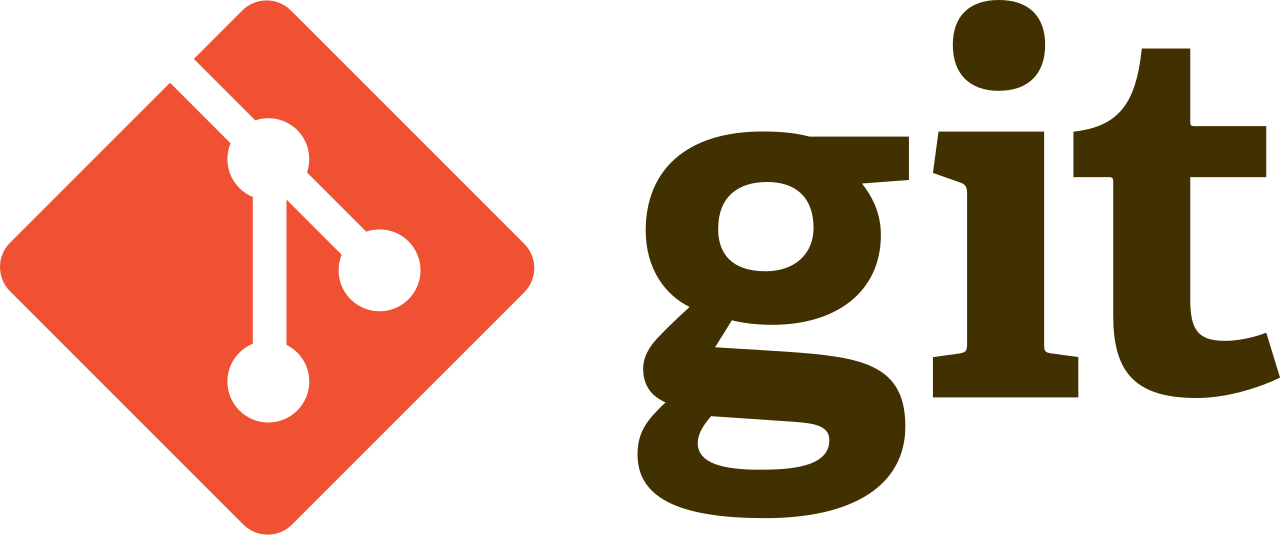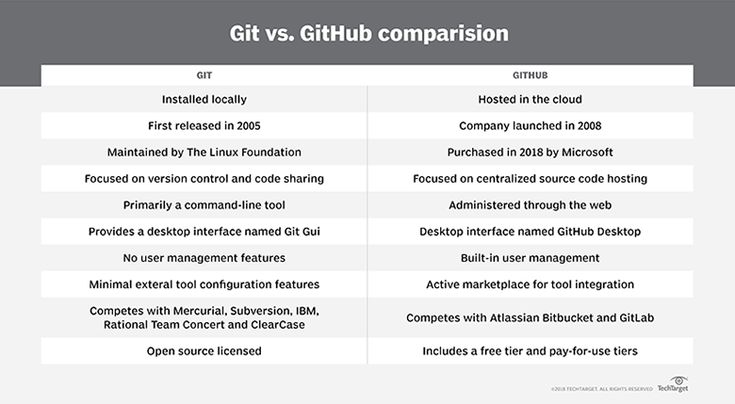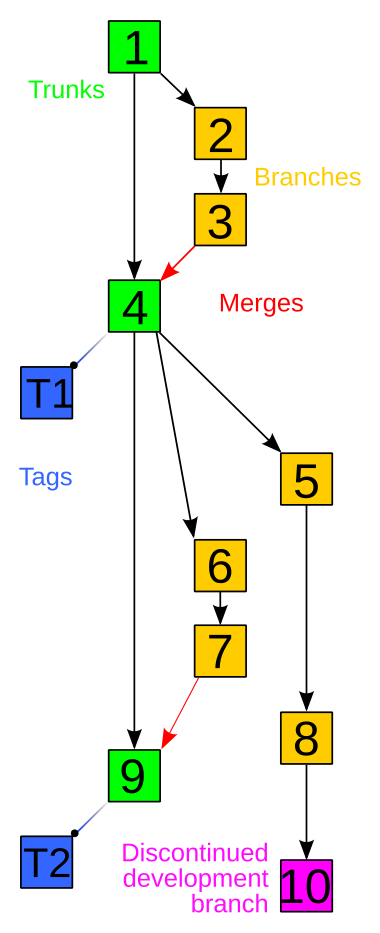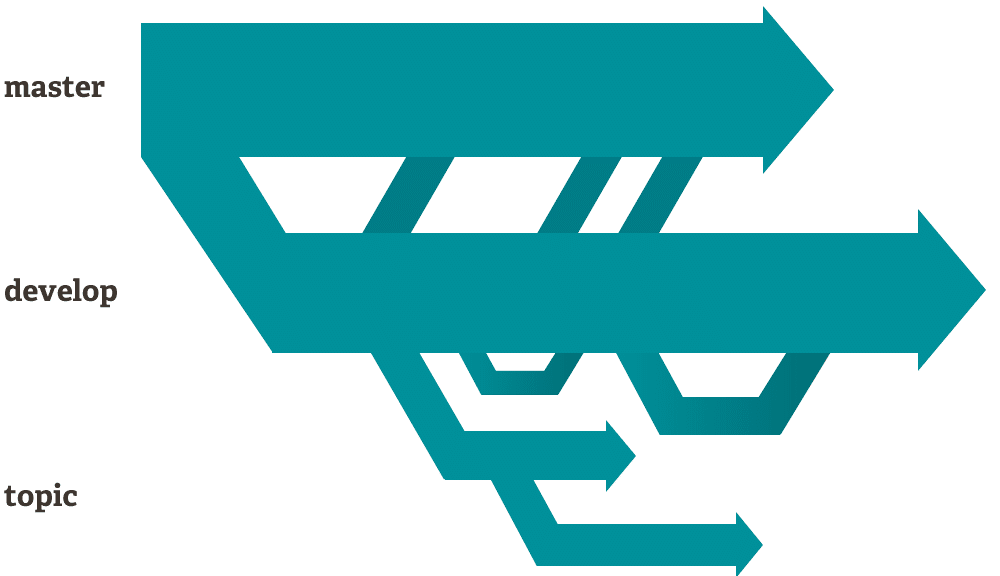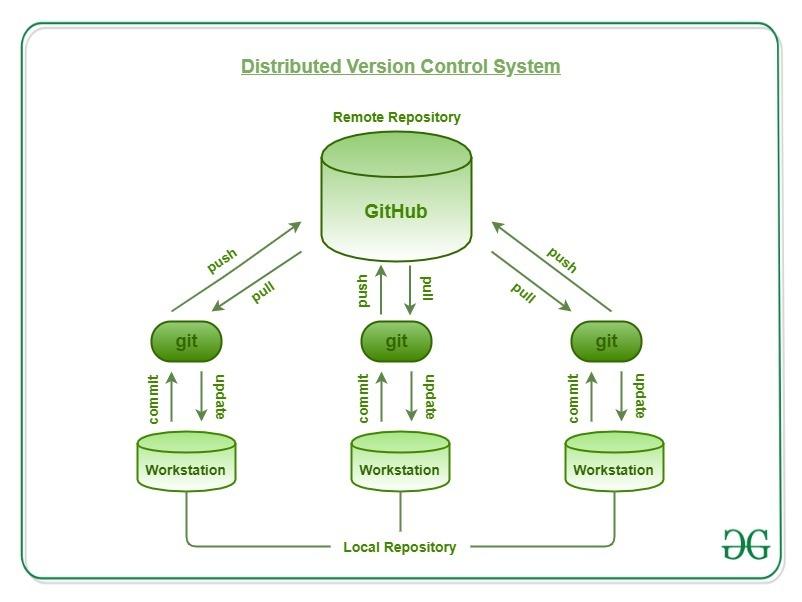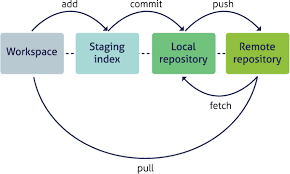Building Community
The free and open software community is the culmination of the free software movement, the open source movement and numerous other independent developers who support software freedom. The GNU and Linux projects are the most extensive examples of free and open-source collaboration.
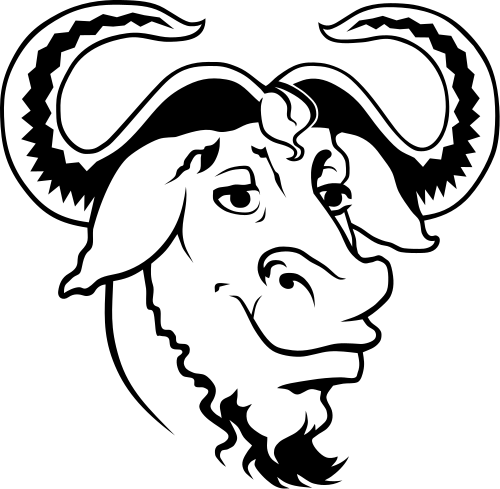 |
 |
Through the collaborative creation of open software modules that fulfill precisely defined roles and tasks, Linux can be pieced together in many ways. This creates an expansive ecosystem where you are free to use the software that you choose. These large-scale experiments were not only technical, but social: how do you revolutionize the communication systems that go into decentralizing development?
Eric S. Raymond – a founder of the open-source movement – attributes Linux's success not to any particular technical innovation, but it's cooperative social systems and distributed power structure. Linux wasn't painstakingly handcrafted by a small group of privileged developers like other operating systems of the early digital age.
Linux evolved in a completely different way. From nearly the beginning, it was rather casually hacked on by huge numbers of volunteers coordinating only through the Internet. Quality was maintained not by rigid standards or autocracy but by the naively simple strategy of releasing every week and getting feedback from hundreds of users within days, creating a sort of rapid Darwinian selection on the mutations introduced by developers.
Melvin Conway – an early computer scientist and hacker – expressed a formative principle that is still relevant today: the structure of software will mirror the structure of the collective that built it. By embracing a new development model that relied on volunteers from around the world, a radical new form of asynchronous communication was necessary.
Open Collaboration
The Internet's capacity to build digital connections between two computers – and the people who used them – fundamentally changed the ways we can collaborate as Humans. We now had the power to communicate with little delay across vast distances and decisions could be made in near real-time.
This enabled people to work together directly, forming communities around mutual interests and shared goals. For the mutual benefit of the digital commons, communities produced valuable shared resources through processes that weren't primarily focused on generating profit.
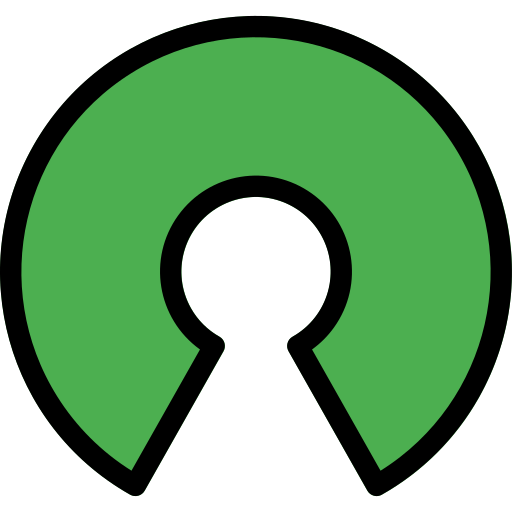 |
Particularly notable examples include Wikipedia, open-source software and open hardware. These communities and the projects that coalesce from within them are not owned by any one party. Each project has its own philosophy about their approach to design and development.
The Cathedral and the Bazaar, a living document by Eric S. Raymond, details his observations from within the early teams creating the Linux ecosystem. He examines the tension between bottom-up and top-down approaches to design within software. He likens these styles to the ways that knowledge arises within a cathedral versus the bazaar.
Essay Excerpt
But I also believed there was a certain critical complexity above which a more centralized, a priori approach was required. I believed that the most important software (operating systems and really large tools like the Emacs programming editor) needed to be built like cathedrals, carefully crafted by individual wizards or small bands of mages working in splendid isolation, with no beta to be released before its time.
Linus Torvalds’s style of development—release early and often, delegate everything you can, be open to the point of promiscuity—came as a surprise. No quiet, reverent cathedral-building here—rather, the Linux community seemed to resemble a great babbling bazaar of differing agendas and approaches ... out of which a coherent and stable system could seemingly emerge only by a succession of miracles.
– The Cathedral and The Bazaar
|
Church |
The Cathedral These open-source projects release their source code once it has been finalized, but it is not available to the general public while in active development. This restricts who has the privilege to make changes to the underlying source code to an exclusive group.
The GNU project often uses this philosophy.
|
| Storefront |
The Bazaar These open-source projects make their source code completely available on the Internet throughout the entire development process. Everyone has access to the source code, but making modifications to it requires oversight by the project.
The Linux kernel uses this philosophy. |
A Linux distribution is primarily powered by its community – which can take many different forms. Debian is a well-known example supported by the public on a volunteer basis by global developers. Some distributions like Fedora are community-maintained operating systems that were split off from corporate-focused Linux builds.
While Linux is generally free-of-charge, technology companies contribute to the continued development of the ecosystem. An estimated 85% of the modern Linux kernel was written by developers who were paid for their work.
There is an array of digital communities that support Linux users and developers, each with a specific purpose or mission. Linux Questions and Stack Exchange are online discussion forums that can provide general Linux support. Many open-source projects have their own forum as well as IRC chatrooms, mailing list and newsgroup.
Decentralized Community
Rather than concentrating power within a single location or team, decentralization distributes tasks and decision-making across multiple contributing members. This is a flexible and efficient option for collaborating, but requires constant communication and robust planning if it's going to succeed.
The concept of version control is heavily leveraged by open-source software projects. This has led to powerful tools that can keep track of changes in the source code made by hundreds of potential contributors. This creates a central repository for critical project files with strict processes in place for modifying them.
Git is a program originally created by Linus Torvalds in 2005 as version control for the Linux kernel. It is now the official standard over 90% of developers consider it to be their primary tool for the job. In essence, Git downloads an exact replica of the central repository to your computer.
With the source code on your hard drive, you can compile the program for yourself from scratch. As a developer, you can make alterations and upload them back to the central server. This helps ensure that a developer can work on one section of the program without getting in anyone else's way – while also leaving a trail of the changes.
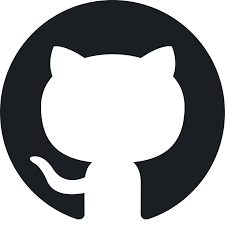 |
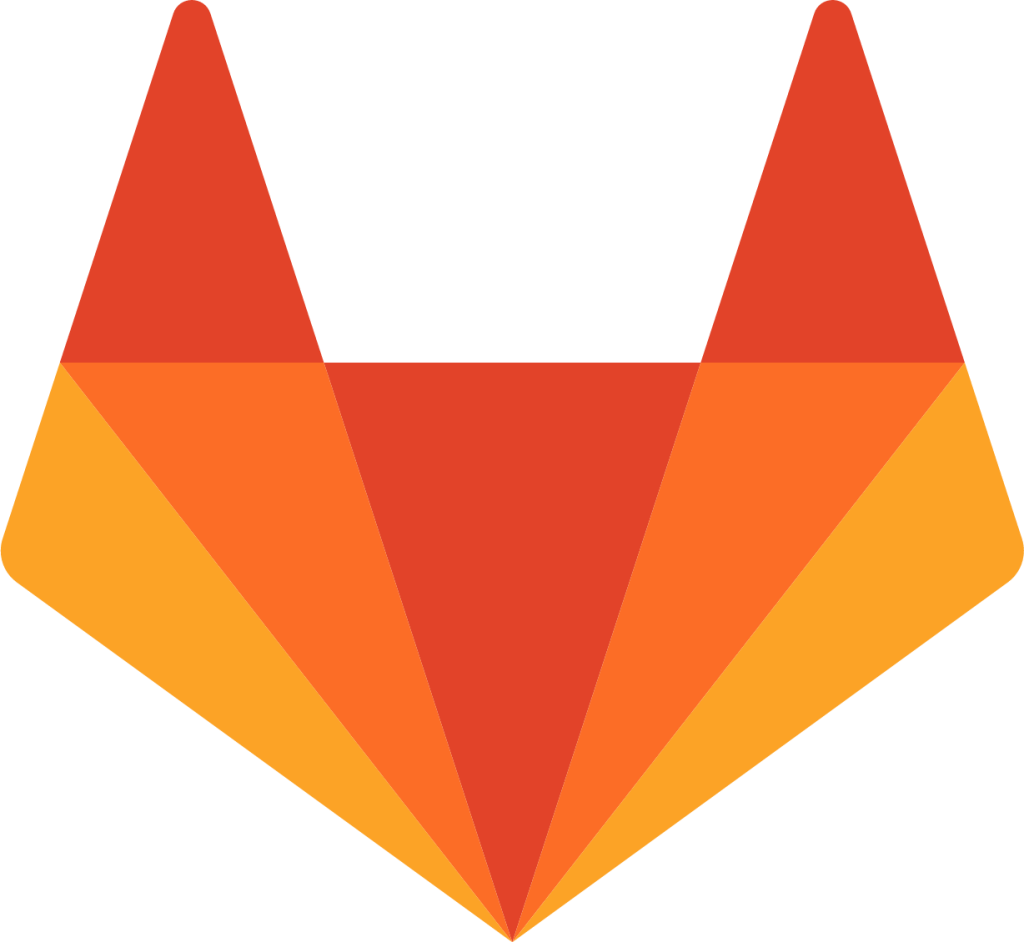 |
While Git is primarily a command-line utility, there are many online repositories that work with Git – but the most popular is by far GitHub. Owned by Microsoft, it is the largest online repository of open source-code with millions of developers and projects. GitLab is an open-source and decentralized alternative that can be self-hosted.
In addition to acting as a shared Git repository, these platforms provide community development tools. This includes bug tracking, feature requests, task management, a forum and a wiki for documentation. Developers can configure "continuous integration and continuous delivery" where pre-programmed tests are performed on source code before it is automatically compiled.
When using a public software repository platform, there are roles that get fulfilled within each project. While there can only be one formal owner of the project, they are free to create granular permissions for who can edit what. Most projects hosted on a public source code repository maintain these general conventions when it comes to collaboration.
|
Domino_mask |
Anonymous Unless a software project has been intentionally marked as private, the source code is freely available for download by anyone who accesses the repository even if they haven't logged in. |
|
person |
User This is any person who has an account on the platform with a verified email. Each project can configure how unaffiliated users are allowed to interact with the source code. Open-source software debelopers often value diverse perspectives from every day users and explicitly request feedback. |
|
deployed_code_account |
Collaborator This is any person that a software project has explicitly chosen to give affiliation status. This can offer fine tuned control to specific developers and provide blanket access to all collaborators. In the case of a private project, this can be used to offer exclusive access to source code. |
| Person_edit |
Contributor Once a verified user has submitted a change and it's accepted, they are considered a contributor within that project. Before proposing changes, each user must follow the rules and integrate themselves into the community. These contributions are not limited to source code, but also include stewardship responsibilities – such as bug reports, feature requests and documentation writing. |
| how_to_reg |
Trusted Member This role can vary widely between projects and is often defined more by their responsibilities than their privileges. While an average contributor can suggest changes, these project members are often the ones in charge of actuating them. These tasks often have a greater degree of risk involved and require earning the respect of the community. |
| engineering |
Maintainer This entity has the significant responsibility of overseeing the project and it's community. While there can only be one primary maintainer, this can represent a collective or organization. They perform technical tasks as well as maintain the project's direction.
|
Project members work together to complete work within the main repository containing all the project's source files. This software development process is likened to a tree – with the collective source code called the main trunk.
As existing bugs or new features are explored, new branches in the tree can be split from the source code – essentially creating two isolated versions of the same software. This is often done when developing new versions of a program to make it easier to keep track of differences over time.
|
call_split |
This is an isolated copy of the source code that makes it easier for developers to collaborate on changes without risking damage to the trunk. These help to keep track of what was changed, by who, and for what reason. These exist within a project to facilitate collaboration and coordinate development.
|
| call_merge |
Once changes within a branch are finalized and tested to ensure stability, then can be merged back into the main trunk. This allows all software development loose ends to be addressed before creating a final release of the software trunk. |
| Flowchart |
This is a completely new repository – under new ownership – that is a complete replica of another existing repository. This can happen for a variety of reasons ranging from personal modifications to differing decisions among the development team. Repository forks allow anyone to modify software to their needs and propose changes back to a project they are not a developer on. |
Developers can commit changes to files within each branch to test put features and make sure everything works as expected. Large software projects – like an operating system – can go many branches deep to explore specific topics.
The community can discuss development at many granular levels. When changes are complete, these branches can be consolidated and merged back into the main trunk. This can include resolving any conflicting changes in the source code. When changes are finalized, the software can be released for general production usage.
|
Commit |
This is a formal change to source code files on your local repository that are given a unique identification number and maintain a narrative about the history. This builds a foundation of accountability by tracking who made what changes to files when. Traditionally, these contain a message from the developer about their changes and the reasoning behind it. |
| cloud_upload |
Once you have finalized your commit, the changes can be pushed upstream to the central repository so they can be accessed by everyone.
|
| Cloud_download |
When first acquiring the source files from a project's repository, Git on your computer will pull the code from the repository. This allows you to modify the files and compile the program yourself from scratch.
As a part of the project, you can often commit and push the files directly back to the repository. When you are not affiliated with the project, you can create your own fork and communicate with the parent project about your proposed changes. From there, they can perform a pull request to merge the new code created by your personal fork.
|
This enables every developer to quickly create their own environment to experiment with code, compile the program and test for any bugs. By providing redundant layers of communication, a diverse collective of developers can keep in communication about emerging changes to the software.
Documentation
Documentation is any communicable material that is used to describe, explain or instruct regarding some attributes of an object, system or procedure, such as its parts, assembly, installation, maintenance, and use.[1]
https://en.m.wikipedia.org/wiki/Software_documentation
Software documentation is written text or illustration that accompanies computer software or is embedded in the source code. The documentation either explains how the software operates or how to use it, and may mean different things to people in different roles.
- Requirements – Statements that identify attributes, capabilities, characteristics, or qualities of a system. This is the foundation for what will be or has been implemented.
- Architecture/Design – Overview of software. Includes relations to an environment and construction principles to be used in design of software components.
- Technical – Documentation of code, algorithms, interfaces, and APIs.
- End user – Manuals for the end-user, system administrators and support staff.
- Marketing – How to market the product and analysis of the market demand.
User documentation
Open source projects have three main types of documentation, each serving a specific purpose:
This is the developers' documentation. It delves into the codebase, explains APIs, and provides instructions for setting up development environments. README and API documentation are examples of technical documentation.
This type of documentation is meant for general users. Think user manuals that guide them through using the project and its features, such as installation guides, tutorials, troubleshooting guides, and FAQs.
3. Guidelines
These are the rules and roadmap for new contributors. Common types of guidelines in an open source project are:
- Contribution Guidelines: They usually explain how to submit code and bug reports and how to participate in the project, such as the contribution process and communication etiquette.
- Style Guides: They mainly guide contributors in maintaining coding and documentation consistency and quality.
Unlike code documents, user documents simply describe how a program is used.
In the case of a software library, the code documents and user documents could in some cases be effectively equivalent and worth conjoining, but for a general application this is not often true.
Typically, the user documentation describes each feature of the program, and assists the user in realizing these features. It is very important for user documents to not be confusing, and for them to be up to date. User documents do not need to be organized in any particular way, but it is very important for them to have a thorough index. Consistency and simplicity are also very valuable. User documentation is considered to constitute a contract specifying what the software will do. API Writers are very well accomplished towards writing good user documents as they would be well aware of the software architecture and programming techniques used. See also technical writing.
"The resistance to documentation among developers is well known and needs no emphasis."[10] This situation is particularly prevalent in agile software development because these methodologies try to avoid any unnecessary activities that do not directly bring value.
Documentation is an essential resource for developers, acting as a guidebook for understanding project features, APIs, configurations, and usage.
-
Enabling Adoption: Clear and well-structured documentation lowers the barrier to entry, making it easier for developers to understand and start using the open source project. It can facilitate adoption by providing installation instructions, usage examples, and integration guides.
-
Empowering User Satisfaction: Well-documented projects lead to better user experiences. Comprehensive documentation ensures that users can effectively leverage the project's capabilities, troubleshoot issues, and find answers to their questions, ultimately increasing user satisfaction.
-
Encouraging Collaboration: Documentation is the foundation for collaboration within the open source community. When contributors have access to accurate and up-to-date documentation, they can effectively contribute code, submit bug fixes, and improve the project's overall quality.
Best Practices for Documentation in Open Source
One of the challenges of documentation–or any form of long writing–is creating a well-organized document that doesn’t give too much information but empowers the user to get started without having a lack of understanding. Here are some tips for creating good documentation:
https://dev.to/opensauced/the-role-of-documentation-in-open-source-success-2lbn
Part of the Community
Why do people contribute?
The Debian Project has an influx of applicants wishing to become developers.[205] These applicants must undergo a vetting process which establishes their identity, motivation, understanding of the project's principles, and technical competence.[206] This process has become much harder throughout the years.[207]
Debian developers join the project for many reasons. Some that have been cited include:
- Debian is their main operating system and they want to promote Debian[208]
- To improve the support for their favorite technology[209]
- They are involved with a Debian derivative[210]
- A desire to contribute back to the free-software community[211]
- To make their Debian maintenance work easier[212]
Debian developers may resign their positions at any time or, when deemed necessary, they can be expelled.[29] Those who follow the retiring protocol are granted the "emeritus" status and they may regain their membership through a shortened new member process.[213]
Debian has made efforts to diversify and have members represented from the community. Debian Women in 2004 was established with the aim of having more women involved in development. Debian also partnered with Outreachy, which offers internships to individuals with underrepresented identities in technology.[214][215]
https://en.m.wikipedia.org/wiki/Diversity_in_open-source_software
Researchers and journalists have found a higher gender disparity and lower racial and ethnic diversity in the open-source-software movement than in the field of computing overall, though a higher proportion of sexual minorities and transgender people than in the general United States population. Despite growing an increasingly diverse user base since its emergence in the 1990s, the field of open-source software development has remained homogeneous, with young men constituting the vast majority of developers.
Since its inception in the 1990s, as open-source software has continued to grow and offer new solutions to everyday problems, an increasingly diverse user base began to emerge. In contrast, the community of developers has remained homogeneous, dominated by young men.[3]
In 2017, GitHub conducted a survey named the Open Source Survey, collecting responses from 5,500 GitHub users. Among the respondents, 18% personally experienced a negative interaction while working on open-source projects, but 50% of them have witnessed such interactions between other people. Dismissive responses, conflict, and unwelcoming language were respectively the third, fourth, and sixth most cited problems encountered in open-source.[4]
Another study from 2017 examined 3 million pull requests from 334,578 GitHub users, identifying 312,909 of them as men and 21,510 as women from the mandatory gender field in the public Google+ profiles tied to the same email addresses as these users were using on GitHub. The authors of the study found code written by women to be accepted more often (78.6%) than code written by men (74.6%). However, among developers who were not insiders of the project, women's code acceptance rates were found to drop by 12.0% if gender was immediately identifiable by GitHub username or profile picture, with only a smaller 3.8% drop observed for men under the same conditions. Comparing their results to a meta-analysis of employment sex discrimination conducted in 2000, the authors observed that they have uncovered only a quarter of the effect found in typical studies of gender bias. The study concludes that gender bias, survivorship and self-selection bias, and women being held to higher performance standards are among plausible explanations of the results.[5]
The gender ratio in open source is even greater than the field-wide gender disparity in computing. This was found by a number of surveys:
- A 2002 survey of 2,784 open-source-software developers found that 1.1% of them were women.[7]
- A 2013 survey of 2,183 open-source contributors found that 81.4% were men and 10.4% were women.[8] The survey included both software contributors and non-software contributors and found that women were much more likely to be non-software contributors.[9]
- In the GitHub's 2017 Open Source Survey 95% respondents identified as men and only 3% as women,[4] while in the same year about 22.6% of professional computer programmers in the United States were female according to the United States Bureau of Labor Statistics.[10][11]
In an 2013 article for the NPR, journalist Gene Demby considered Black people and Latinos to be underrepresented in the open source software development.[12]
- In the GitHub's 2017 Open Source Survey the representation of immigrants, from and to anywhere in the world, was 26%.[4]
- In the same survey, 16% of respondents identified as members of ethnic or national minorities in the country where they currently live,[4] while according to the United States Bureau of Labor Statistics, Black, Asian, and Latino people accounted for a total of about 34% of programmers in the United States in 2017.[10][11]
Among the respondents of GitHub's 2017 Open Source Survey 1% identified as transgender, 1% as non-binary, and 7% as lesbian, gay, bisexual, asexual, or another minority sexual orientation,[4] while according to a Gallup poll in conducted in the same year 4.1% of the United States population identify as LGBT.[13][11] A 2018 survey of software developers conducted by Stack Overflow found that out of their sample of 100,000, 6.7% in total identified as one of "Bisexual or Queer" (4.3%), "Gay or Lesbian" (2.4%), and "Asexual" (1.9%), while 0.9% identified as "non-binary, genderqueer, or gender non-conforming".[14]
Large personalities in open source and complicated views
Eric s Raymond
Linus torvalds
The "very seductive" moral and ethical rhetoric of Richard Stallman and the Free Software Foundation fails (Raymond), he said, "not because his principles are wrong, but because that kind of language ... simply does not persuade anybody".[24]
How Can I Contribute?
How to contribute to open source software projects
Financial Support
Donations
Sponsorship
Non profit funds
Open Collective is a crowdfunding platform focused on grassroots groups. It enables organizations, communities, and projects to get a legal status and raise funding through subscription or one time payment. It's particularly favoured by open source projects.[1] It currently hosts funding for thousands of open-source communities.[2]
https://www.spi-inc.org/donations/
https://en.m.wikipedia.org/wiki/Software_in_the_Public_Interest
Software in the Public Interest, Inc. (SPI) is a US 501(c)(3) non-profit organization domiciled in New York State formed to help other organizations create and distribute free open-source software and open-source hardware. Anyone is eligible to apply for membership, and contributing membership is available to those who participate in the free software community.
https://www.pledge.to/women-in-linux-4579
Community Support
Documentation
Feedback
Finding forums, chat apps, websites
Forums and mailing lists
Polls and feedback
Emergent strategy
Irc chatroom
I offer, from this defensive and sacred place, a protocol for those who are most comfortable approaching movements from a place of critique, AKA, haters.
1. Ask if this (movement, formation, message) is meant for you, if this serves you.
2. If yes, get involved! Get into an experiment or two, feel how messy it is to unlearn supremacy and repurpose your life for liberation. Critique as a participant who is shaping the work. Be willing to do whatever task is required of you, whatever you are capable of, feed people, spread the word, write pieces, make art, listen, take action, etc. Be able to say: ‘“T invest my energy in what I want to see grow. I belong to efforts I deeply believe in and help shape those.”
3. Ifno, divest your energy and attention. Pointing out the flaws of something still requires pointing at it, drawing attention to it, and ultimately growing it. Over the years I have found that when a group isn’t serving the people, it doesn’t actually last that long, and it rarely needs a big takedown—things just sunset, disappear, fade away, absorb into formations that are more effective. If it helps you feel better, look in the mirror and declare: “There are so many formations I am not a part of—my non-participation is all I need to say. When I do offer critique, itis froma space of relationship, partnership, and advancing a solution.”
4. And finally, 1f you don’t want to invest growth energy in anything, just be quiet. If you are not going to help birth or raise the child, then shhhhh. You aren’t required to have or even work towards the solution, but if you know a change is needed and your first instinct when you see people trying to figure out how to change and transform is to poop on them, perhaps it is time you just hush your mouth.
Development Support
Feature requests
Pull requests
Contributions


